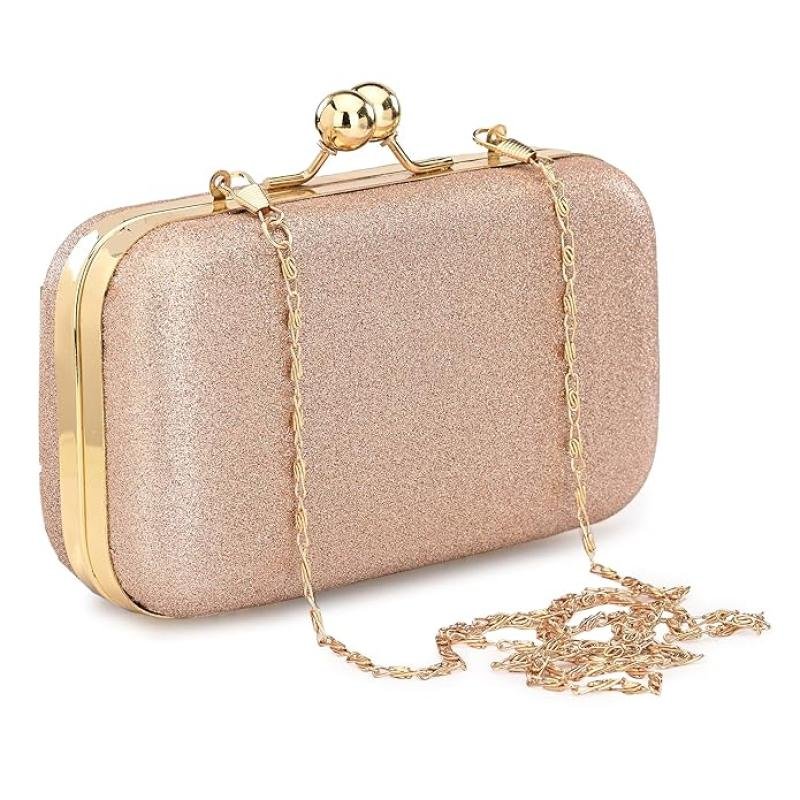If you’re on a budget, these five simple steps won’t just help you find a diamond engagement ring you can afford - they’ll help you find an affordable engagement ring that you’ll love.
Step 1 - Set a realistic budget
An obvious one is this, yet it’s not as easy as it sounds. Forget the age-old wisdom of needing to spend two months' salary (clearly those people didn't pay rent, or eat). Instead, choose a realistic budget that you can truly afford.
What’s a realistic budget? Well, diamonds are like cars. You can spend £100k on a car or just a few hundred: either way, you’ll get a car. Similarly, a diamond that costs thousands of pounds isn’t more of a diamond than one that costs £500. It just has more “features”.
Save up for a few months if you need to, but don’t go into debt on an engagement ring. That’s what the wedding is for!
The bottom line: a good quality, low-budget engagement ring will cost at least £900. If you’re offered a diamond (or a car) for less than that, there’s a good chance it’s an old banger.

Step 2 - Choose the setting first
Unlike diamonds, ring settings tend to have a fixed price - i.e. this setting style in this metal costs this much. By choosing the setting first, you’ll know exactly how much you have to spend on the diamond.
The most affordable ring setting style is a solitaire with no side stones, like this one:

The solitaire is still the most popular engagement ring style but if you’re worried it may be too plain, there are plenty of designs with a difference, perhaps go for something with a “twist”:
If you've got your heart set on a ring with side stones, get it. There’s no point in spending any amount of money on a diamond ring that you (or she) won’t love. Just be aware that side stones could add as much as £500 to the price of your ring.
The bottom line: Unless you’re really keen on side stones, avoid them. Saving money on the setting will allow you to buy a bigger, sparklier diamond.

Step 3 - Say hello to a halo!
If you're looking to maximise the look of the size of a diamond, surrounding it with a row (or two) of small diamonds (a halo), will give the appearance of a much larger diamond. The halo engagement ring is a popular choice for those on a budget (and those who fancy some extra bling!). More of your budget will go towards the setting, so the central diamond will be slightly smaller, but the overall effect will be more striking.

Step 4 - Study the Four C’s… and then ignore three of them (but only if you are buying a round diamond!)
The Four C’s are a diamond’s vital statistics, namely Cut, Colour, Clarity and Carat weight. Out of these, Cut is the most important and really the only one you should care about if you’re on a tight budget. Here’s why:
Cut Grade
The Cut Grade determines how well a diamond handles light. Well-cut diamonds are sparklier, healthier and, yes, probably happier than diamonds with a poorer cut. An Excellent or Very Good cut grade will do nicely and yes, it is worth blowing your diamond budget on a better cut. Always, always, always buy the best cut you can afford.

Colour Grade
The Colour Grade tells you how colourless a diamond is. As you can probably guess, an absolutely colourless D-grade diamond is considered better than a near-colourless J-grade. In reality, there’s barely any difference between them - they are literally different shades of colourless.
The truth is you need to buy a diamond graded J or lower to get into “faint yellow” territory but as reputable jewellers like us don’t sell those, you’re essentially fine with whatever colour grade you get. An H or I colour diamond is a perfectly acceptable budget buy. The only exception to this is if your diamond is going to sit directly next to one that’s more colourless (e.g. in a setting with side stones) then the slight colour tint will stand out.
Clarity Grade
Like colour, Clarity Grades are very finely sliced. Sure, Flawless is the créme de la créme but there’s certainly no shame in a Very Slight Included or even a Slightly Included diamond - both of which mean: “There’s an imperfection in this diamond…hand me my microscope so I can find it.”
If you’re buying your diamond sight unseen (i.e. over the Internet) ask the seller to check that it’s “eye-clean”. If you’re viewing before you buy, even better. Many flaws (which are usually mineral specks or microscopic feathers) are hidden once the diamond is mounted in a setting, so opting for an SI1 or SI2 clarity grade can get you a diamond that’s excellent value for money.
Carat Weight
Diamonds are priced by Carat Weight so naturally diamonds that weigh more, cost more. This means if you want a big diamond but you’re on a tight budget you’re going to have to sacrifice quality, which we really don’t recommend. A high-quality diamond will always be more stunning than a lower-quality diamond chosen for its size. But if size really matters to you, be sure to read this post:
How to supersize your diamond without breaking the bank
The bottom line: If you’re on a budget, don’t worry too much about Colour, Clarity or Carat weight. But do buy the best Cut Grade you can. And remember, a reputable jeweller won’t sell you a poor-quality diamond so if in doubt, discuss it with them.
Step 5 - Shop around
Once you've found a beautiful ring that suits your budget, it can be difficult not to click the buy button straight away. But why not take another half hour to make sure you've found the absolute best deal you can? Some jewellers price match (we do). If you can get the same quality diamond for a lower price - or even a higher quality diamond for the same price, it’ll be worth the extra effort.
One note about comparing diamonds from different jewellers: make sure you really are comparing like with like. Questions you should be asking are:
- Is the diamond independently certified? Uncertified diamonds are always cheaper but riskier to buy.
- Is the metal in the setting hallmarked? Hallmarking guarantees precious metal content (and it's illegal if it isn't!).
- Are the Cut, Colour, Clarity and Carat weights the same or better?
- Is the ring hand-crafted or mass-produced? Is it made in the UK or overseas?
- Does the price include extras such as insured shipping, resizing if the ring doesn't fit, and free returns?
Step 6 - Choose a Lab Grown Diamond Engagement Ring
Wait, I thought you said there were only 5 simple steps... well there were until the emergence of lab-grown diamonds over the past few years!
If you aren't familiar with them already, head over here to find out more about lab-grown diamonds. Given there is potentially an endless supply, as they don't need to be mined, there's no guaranteeing the future price of a lab-grown diamond. But rest assured they have the same chemical composition as a natural diamond, so will sparkle beautifully and not cost the earth... literally!
Step 7 - Choose Ready-to-Wear
Wait what! Enough already... okay, I promise this really is the last one and if you've made it this far, well done! I know we've apparently got the attention span of a gnat nowadays, so we appreciate your time and effort, you really must be determined to maximise your budget. so why not have a quick look at our ready-to-wear jewellery:


 English
English






